This interview was conducted by Emma Breitman (she/her), a Boston-based writer and editor. Her work has been published in Teen Vogue, The Boston Art Review, and Hey Alma, among others. She has much to say about art, film, queerness, and Jewish identity.
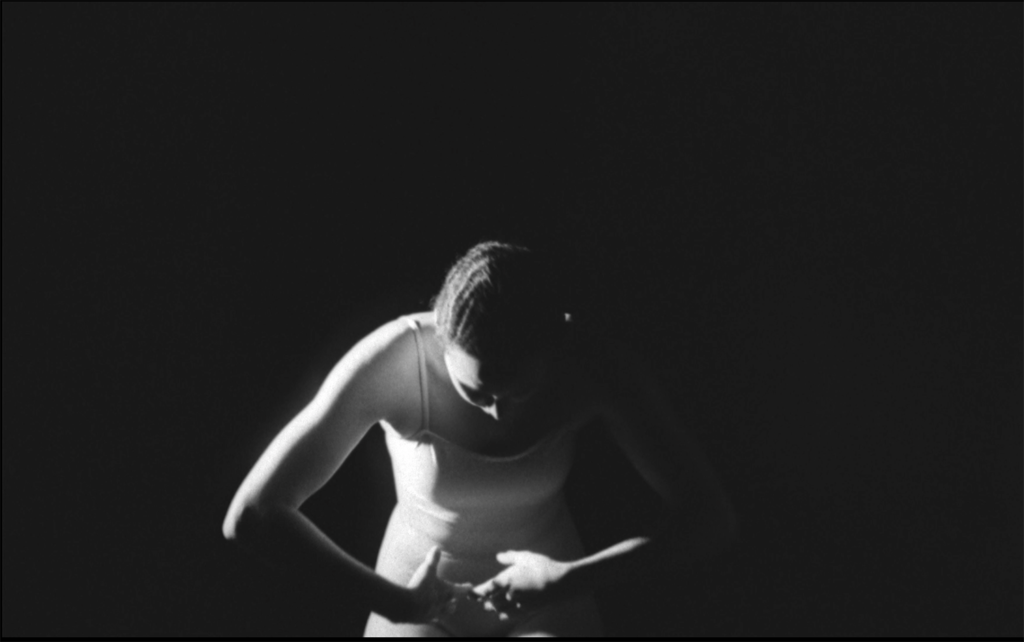
Homa Sarabi, Gallery 263’s current artist in residence, is a filmmaker, educator, and movement artist whose work sheds light on seemingly taboo topics. With a specific focus on women’s experiences, Sarabi takes a multimedia approach by using film and movement to understand the role that collective memory has in women’s lives. The result is an interesting conversation between past and present—where generations of gendered experiences and norms are released through movement and archived through film. Emma Breitman, writer, editor, and friend of the gallery, recently sat down sat down with Sarabi to discuss her work and artistic process.
Emma Breitman: What has your artistic process in the residency looked like thus far?
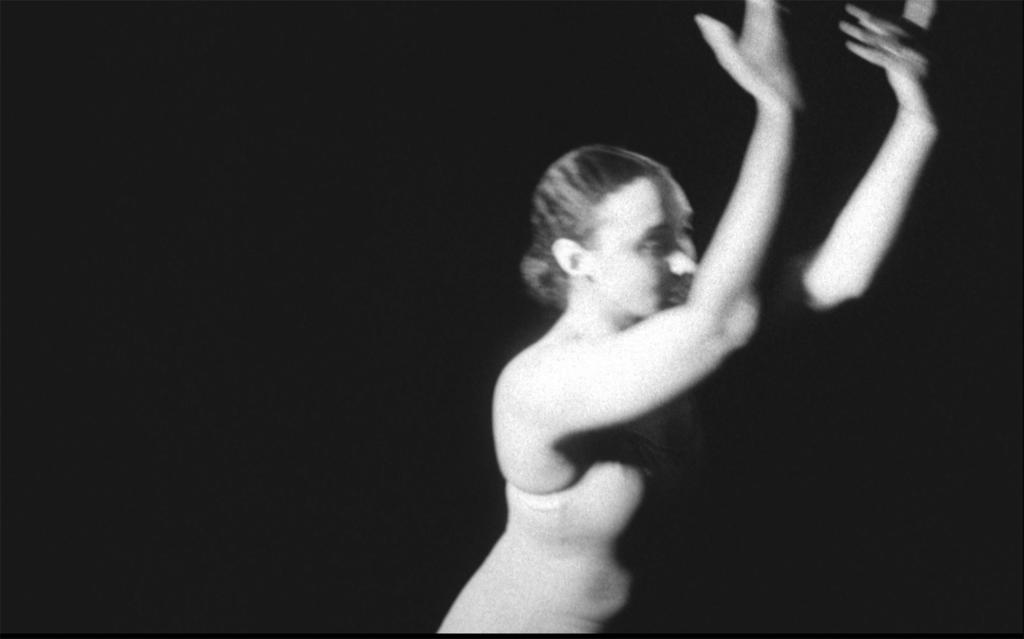
Homa Sarabi: The past three weeks have mostly been planning. I’ve dedicated this time to creating a project that hopefully will be part of the bigger film that I’m working on. It’s a project that ties different aspects of my work together: from documentary and filmmaking to collaboration with a choreographer, Meg Buckner, and working with the public. We will be hosting workshops on July 13 where women can tell stories together and transform those stories into movement and collective choreography. We want to have a group of five or six people in each workshop.
EB: So, it’s a conversation followed by a movement piece?
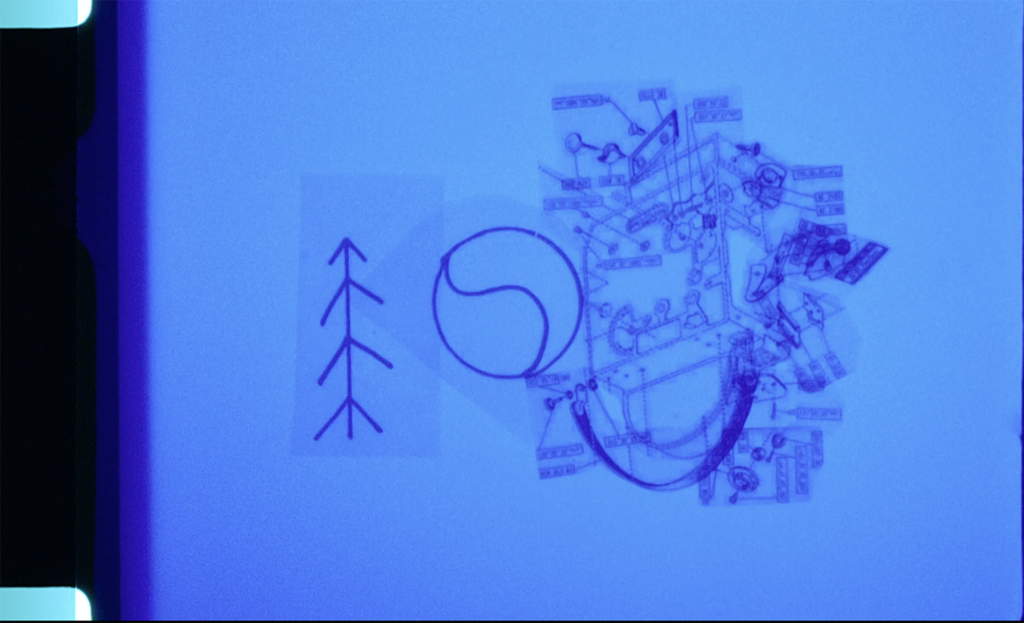
HS: We have prompts that people will respond to physically as well as with words and writing. We will then document our movements through dance notation. Buckner uses this dance notation technique called Laban. We will be creating new signs within this method to notate the dances that come out of the circles. The focus is on intimate conversations that women have together which don’t have the space to be spoken outside of our daily life.
EB: What are you hoping that workshop participants come away with?
HS: I hope that people feel like they’re in this safe space. It’s like sisterhood, right? This idea of “the village,” which has been disenfranchised. I hope that the participants can come together and have an intimate experience, and I hope people enjoy just being part of the process and creating together.
EB: You use a lot of found footage in your work, and I’m wondering what types of footage do you usually find compelling and how do you usually find them?
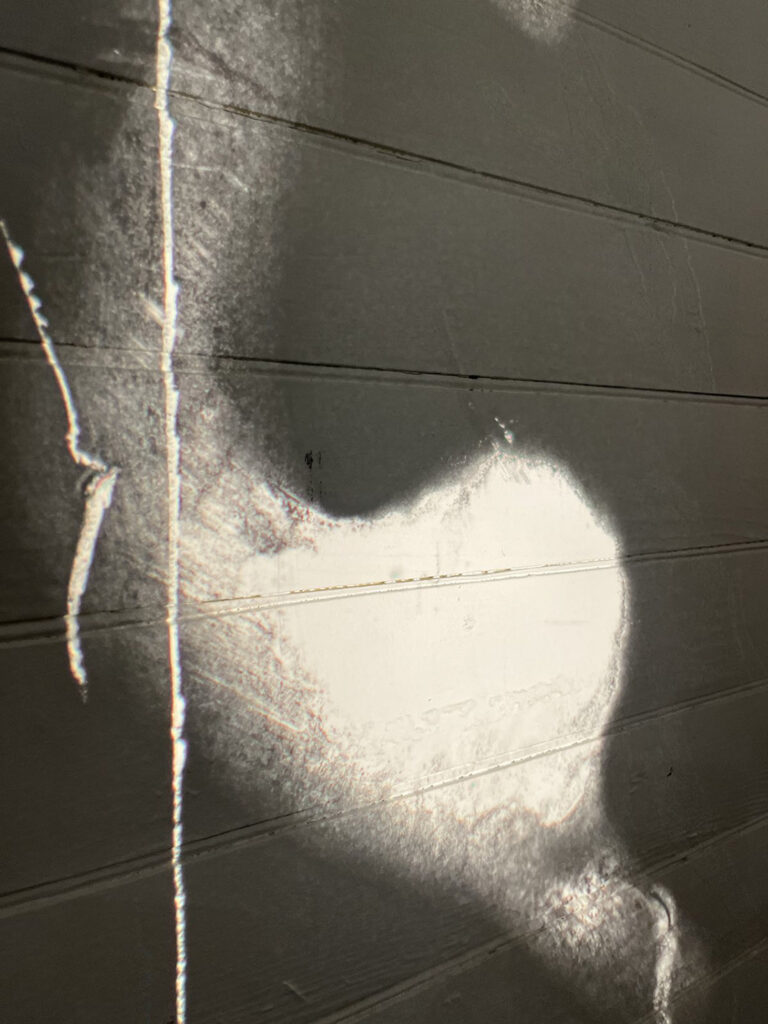
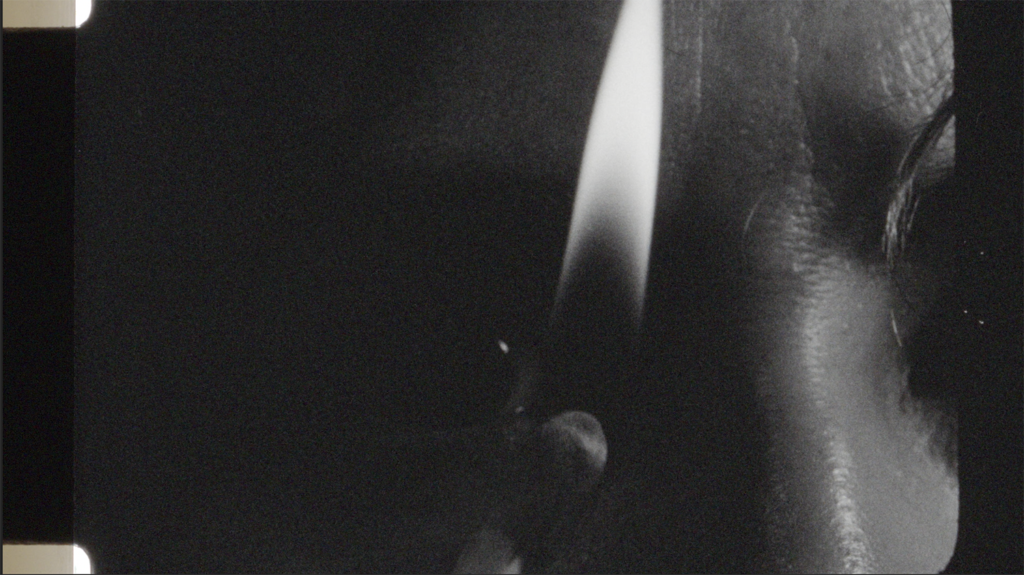
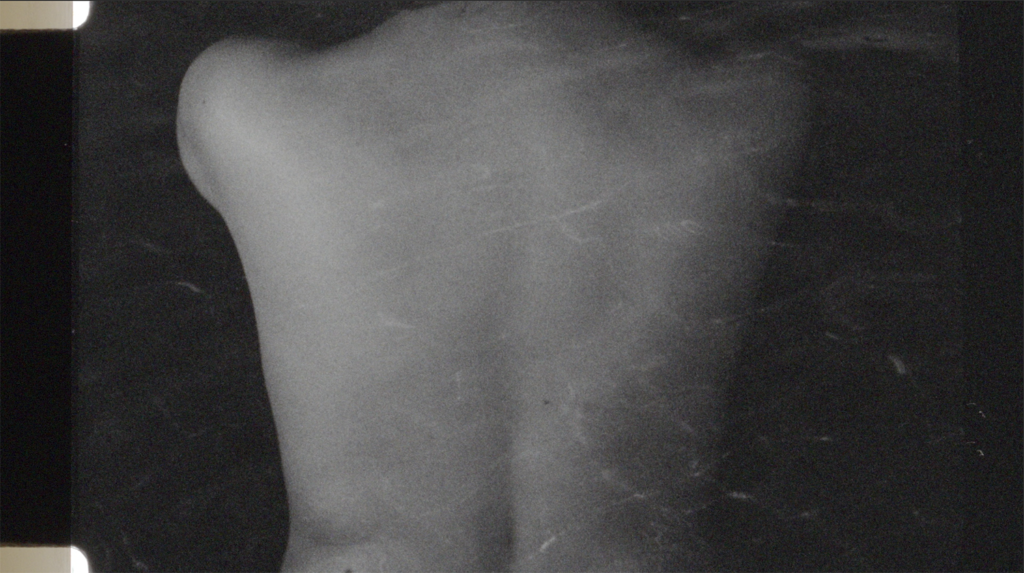
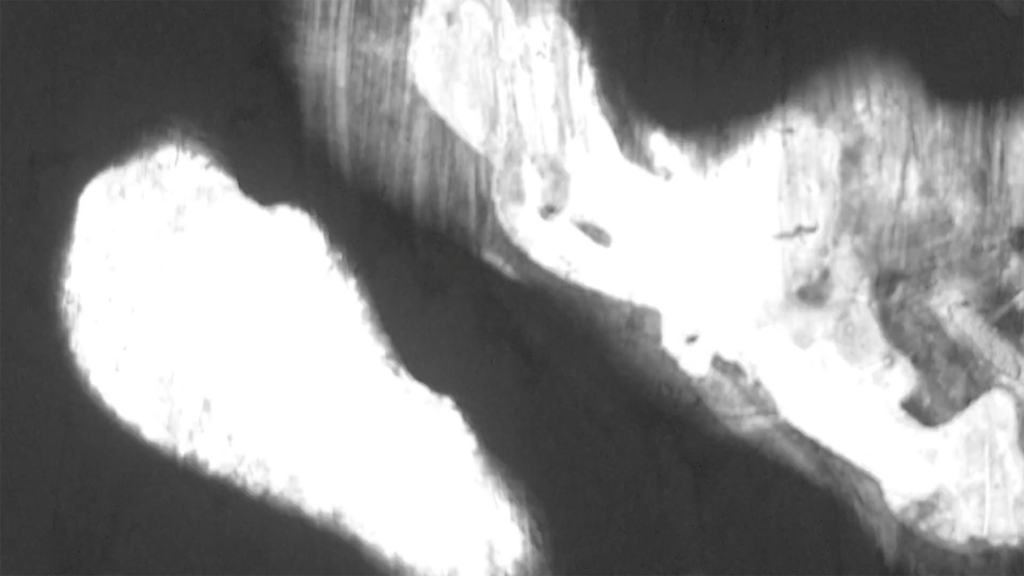
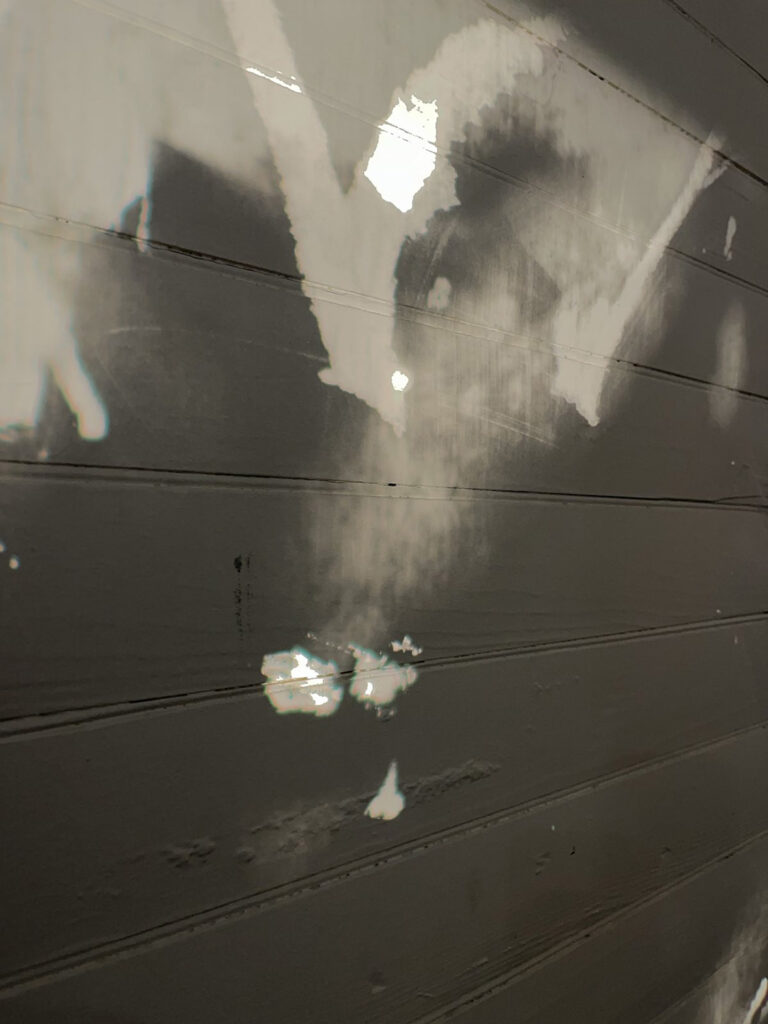
HS: Between found footage, handmade animation, or directly manipulating film, a lot of it is luck. For this project, I have been looking for material from the 70s up to early 2000s. There were a lot of either private or governmental tutorials for life, like how to give birth, what to expect at the hospital. I have found some rolls by accident, just buying bulk from eBay or bugging different archives around New England. The Children’s Hospital actually has a film archive of tutorials for anesthesia and surgery.
EB: That’s so fascinating with your work too, because these are government sanctioned rules about how these processes go, but what is being left out of those stories?
HS: Yeah, some of them are silly narratives about how to feed a baby or how you are supposed to start menstruation, but there’s so many women who don’t experience it that way. We don’t talk about the individual experience, and even to this day girls feel ashamed and feel so much anxiety.
EB: It sounds to me like you’re finding these oversimplified instructional videos and reimagining them by bringing people who have those experiences in the room and adding nuance to these conversations.
HS: That’s the goal. Hopefully we can have more of these circles.
EB: Looking through your work I can tell that womanhood is such a core part of your exploration. I’m curious how your work evolved to address this subject matter.
HS: Gendered experiences dictate such a big part of our reality and form a big piece of who we are and what we can do. I feel this is someone else’s world that I’m living in. It’s only worse if you’re a trans woman, if you’re non-binary, if you are any other minority.
EB: Absolutely. Collective memory in the body is very prominent throughout your work and I’m wondering what sort of connection, if any, do you see between those two?
HS: I feel like this is cliche at this point, but the book The Body Keeps Score was phenomenal. I felt so validated in seeing there’s medical evidence and studies proving that there is a very direct line between our experiences: emotional, mental, and physical.
We are biochemical entities and there’s so much chemistry in what we do, what we think, what we feel. It’s a constant chemical process. It interests me to work with the body in that way.
Circles, a solo showcase by Homa Sarabi, will be on view in July, with a reception on Friday, July 26, 6–8 pm.